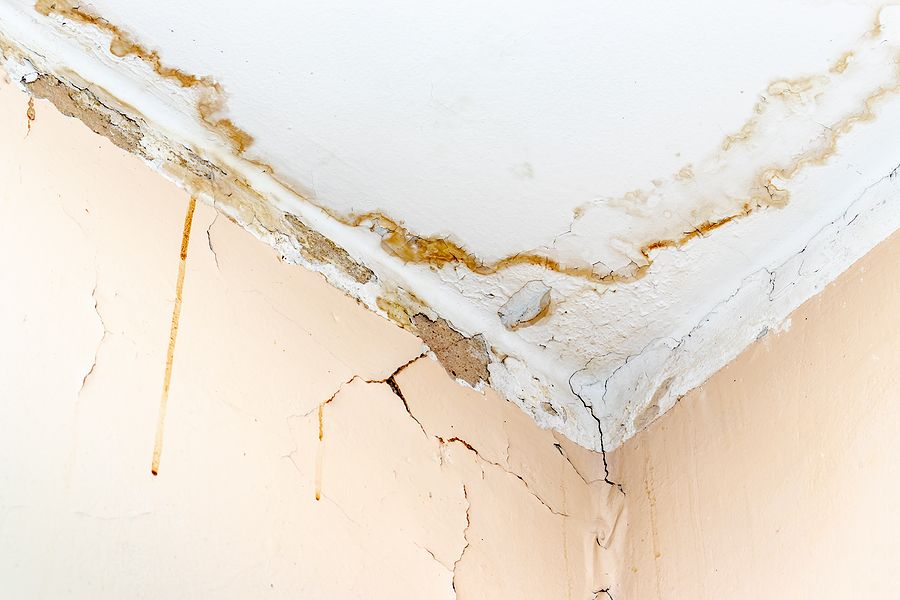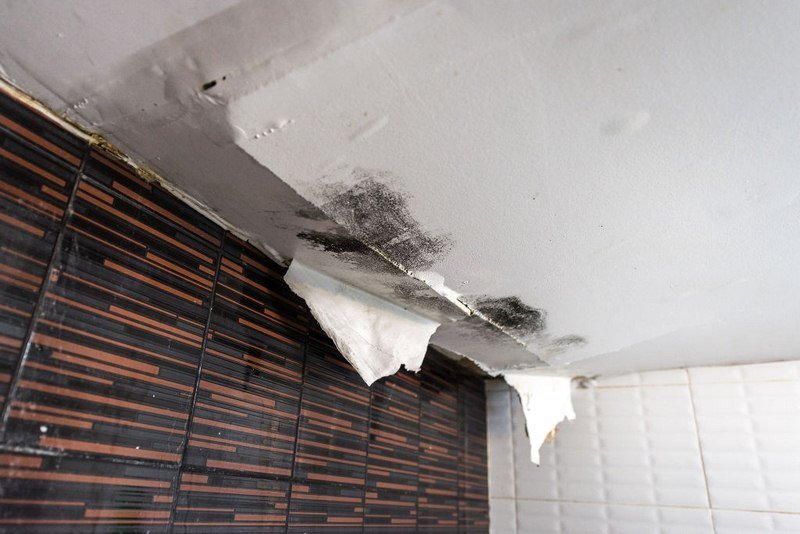Just how do you actually feel on the subject of Most Common Causes of Leaky Pipes?

Leakages not just create waste of water yet can additionally create unnecessary damage to your home and promote undesirable natural growth. However, water leakages could go undetected since most of the pipework in our residence is concealed. By comprehending as well as looking for day-to-day scenarios that trigger leaks, you can shield your house from future leaks and unneeded damage. Today, we will consider six leakage creates that may be causing your pipelines to leak.
Instantaneous temperature adjustments.
Extreme temperature level modifications in our pipes can trigger them to increase and acquire all of a sudden. This expansion as well as tightening may trigger splits in the pipes, particularly if the temperature level are listed below freezing.
Corroded water supply
This may be the cause of discoloration or warping on your water pipes. If our plumbing system is old, think about replacing the pipes given that they are at a greater threat of deterioration than the more recent models.
Defective Pipe Joints
Pipeline joints can wear away over time, resulting in water leaks. If you have noisy pipelines that make ticking or banging sounds, particularly when the hot water is turned on, your pipeline joints are probably under a whole lot of pressure.
Trespassing roots
A lot of water leaks start outside the house instead of inside it. If you observe an unexpected decline in water pressure, claim in your faucet, take time to head out as well as examine your backyard. You may notice damp patches or sinkholes in your backyard, which could indicate that tree origins are getting into water lines triggering water to leak out. You can have your plumber check for intrusion, specifically if you have trees or bushes near your property.
Poor Water Connectors
At times, a leakage can be created by loosened pipes and pipes that provide your appliances. In instance of a water links leak, you may discover water running straight from the supply line or puddles around your home appliances.
Obstructed Drains
Obstructed drains pipes might be irritating and inconveniencing, yet they can often end up creating an overflow causing rupture pipelines. Maintain getting rid of any products that might drop your drains pipes that can clog them to prevent such inconveniences.
All the above are root causes of leaks yet not all water leaks result from plumbing leakages; some leakages could originate from roofing leaks. All leakages should be fixed instantly to prevent water damages.
Leaks not just create waste of water yet can also create unneeded damages to your home and also promote undesirable natural growth. By comprehending and looking for everyday situations that create leakages, you can protect your house from future leaks and unnecessary damage. Today, we will certainly look at six leakage triggers that might be triggering your pipes to drip.
At times, a leak can be caused by loose tubes as well as pipelines that supply your home appliances. In situation of a water links leak, you might notice water running straight from the supply line or puddles around your home appliances.
How To Check For Water Leak In Your Home
How To Check for Leaks
The average household's leaks can account for nearly 10,000 gallons of water wasted every year and ten percent of homes have leaks that waste 90 gallons or more per day. Common types of leaks found in the home are worn toilet flappers, dripping faucets, and other leaking valves. These types of leaks are often easy to fix, requiring only a few tools and hardware that can pay for themselves in water savings. Fixing easily corrected household water leaks can save homeowners about 10 percent on their water bills.
To check for leaks in your home, you first need to determine whether you're wasting water and then identify the source of the leak. Here are some tips for finding leaks:
Take a look at your water usage during a colder month, such as January or February. If a family of four exceeds 12,000 gallons per month, there are serious leaks.
Check your water meter before and after a two-hour period when no water is being used. If the meter changes at all, you probably have a leak.
Identify toilet leaks by placing a drop of food coloring in the toilet tank. If any color shows up in the bowl after 10 minutes, you have a leak. (Be sure to flush immediately after the experiment to avoid staining the tank.)
Examine faucet gaskets and pipe fittings for any water on the outside of the pipe to check for surface leaks.
Undetected water leaks can happen without the home or business owner even realizing. If you suspect a water leak, but not able to find the source. It is time to contact a professional water leak detection service, The Leak Doctor.
How To Find a Water Leak In Your Home
https://www.leakdoctor.com/blog/How-To-Check-For-Water-Leak-In-Your-Home_AE197.html

As an avid person who reads about How to detect water leaks in your home, I think sharing that piece of content was really helpful. Sharing is good. Helping people is fun. Bless you for your time. Don't forget to visit our blog back soon.
View Website